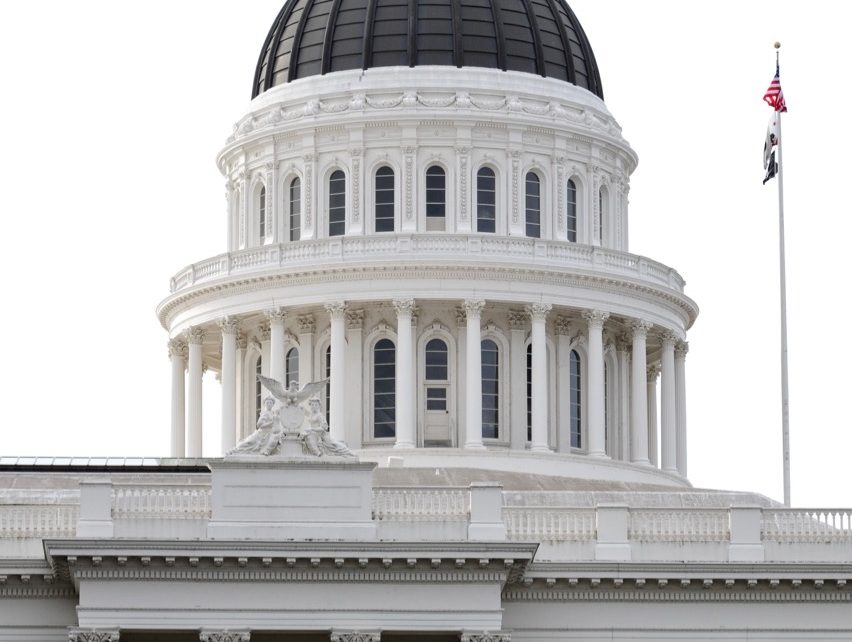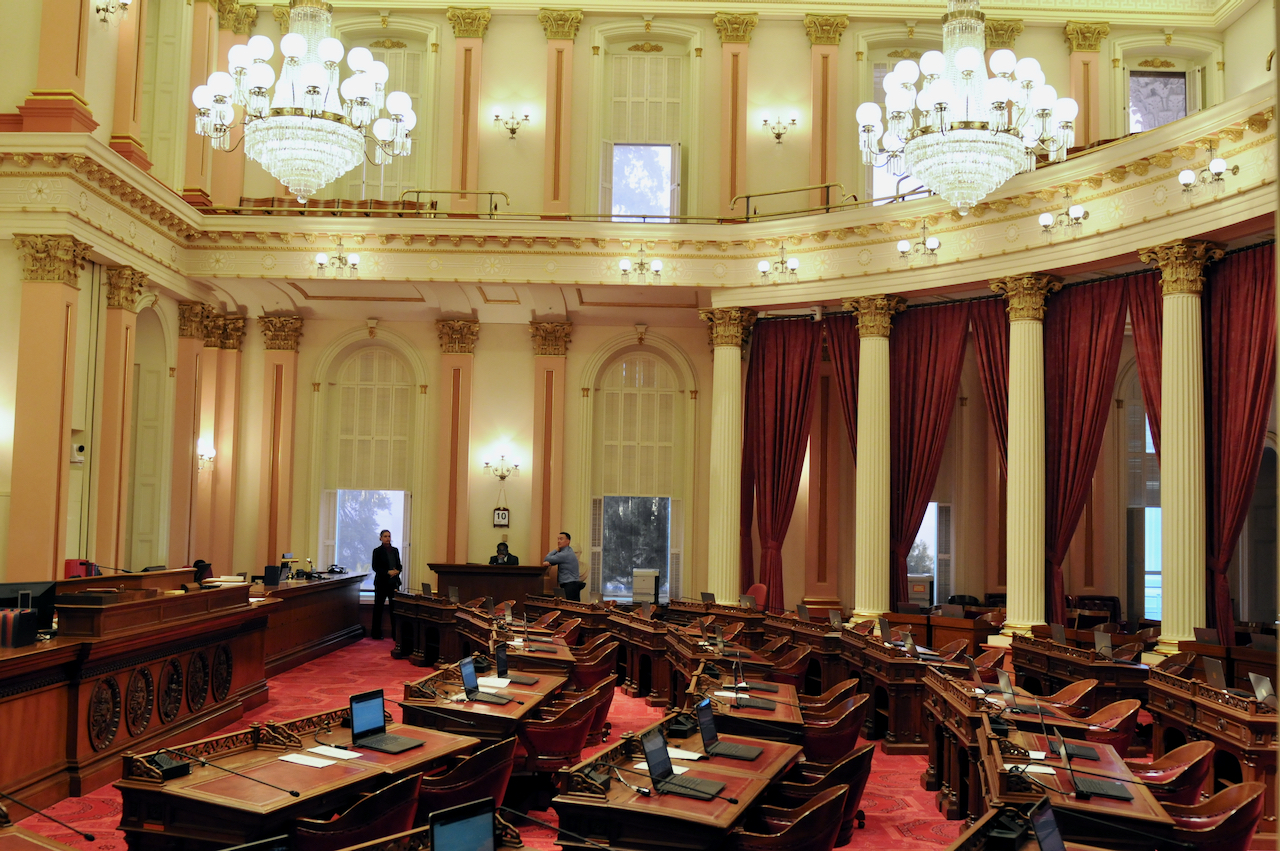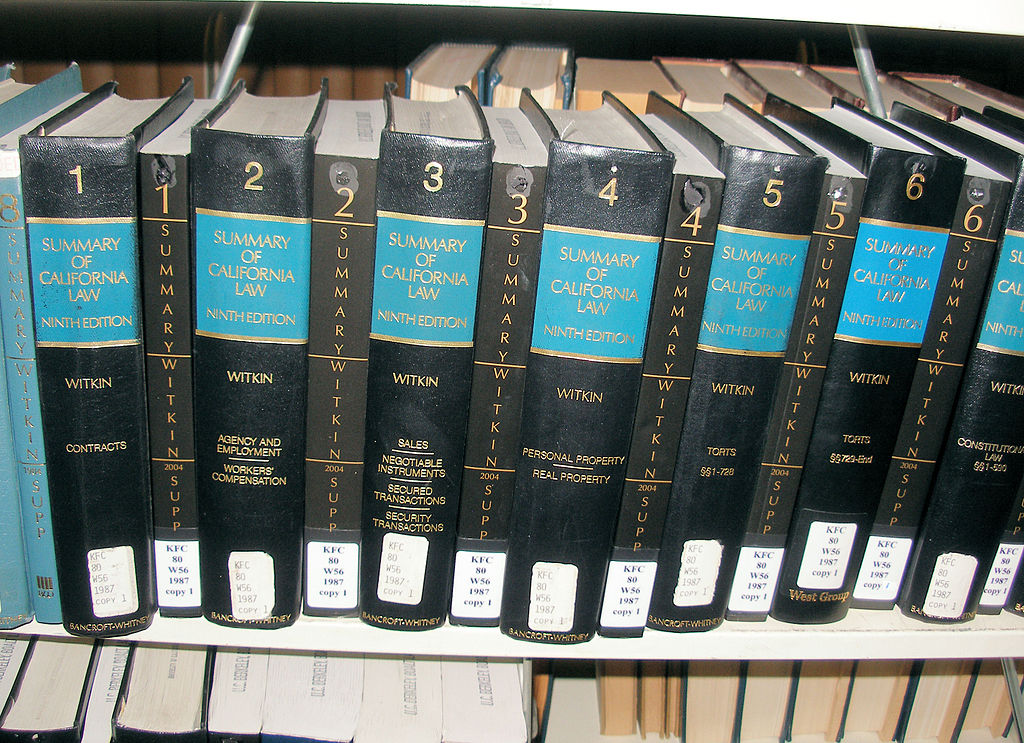
California State Capitol. (Photo: Kevin Sanders for California Globe)
Unique Aspects of California’s Electoral System
Top Two primary, term limits, judges, Independent Redistricting Commission
By Chris Micheli, March 22, 2019 6:39 am
In California stated government, there are nine constitutional offices elected statewide, as well as 120 legislative seats. Constitutional officers are limited to serving two four-year terms in each office. Having to run statewide is a major cost driver in fundraising for these offices. While there are higher campaign contribution limits for these offices, there is still enormous pressure to raise vast sums of money for campaigning up and down the State of California.
For legislative offices, California has 120 elected officials who have lower campaign contribution limits than those candidates for statewide office. Assembly Members have to run for re-election every two years and State Senators have to run for re-election every four years. They can serve a maximum of 12 years in either house or a combination of both houses. There is always pressure to raise money and actively campaign until their final term in office.
CHRIS MICHELI DISSECTS CALIFORNIA LIKE NO ONE ELSE—ONLY ON THE GLOBE:
• Direct Democracy and California’s Constitution Article II
• The Legislature and California Constitution Article IV (part II)
• The Legislature and California Constitution Article IV (part I)
• The Governor and California’s Constitution Article V
• Everything You Thought You Knew About Lobbying is Probably Wrong
• Unique Aspects of California’s Electoral System
• Who Makes the Rules for the Judiciary?
With regard to judicial offices, there are two ways to be a superior court judge in this state, either through appointment by the Governor or run for the office. For appellate court judgeships, it is by gubernatorial appointment only (i.e., no one can run for such a judgeship) and they are subject to retention election every 12 years.
Let’s take a look at some of the unique aspects of California’s electoral system.
Judicial Elections
As opposed to federal judgeships, which are lifetime appointments pursuant to the federal constitution, California judges are generally appointed by the Governor and then subject to confirmation by the Commission on Judicial Nominees and ultimately subject to voter approval through the use of a retention election.
Under Governor Jerry Brown’s first term, three state supreme court justices were removed from office by voters. In June 2018, a Superior Court judge was recalled from office due to the light sentence imposed on a sex offender.
Keep in mind that judges are political in a limited context. For example, the Governor and Legislature provide funding for the courts, including their salaries and their staff. It is not done by an independent body. Also, the Legislature and Governor can obviously change the law and effectively overturn the decisions of the judicial branch. As such, judges are keenly aware of the powers of the other two branches of government and the roles that they play in state government.
California’s electoral system is not unique among the states. Individuals run for elected office for a myriad of reasons and the vast majority of them never make it. But judicial elections in this state are limited to trial courts (called the superior court) and no one can run for an appellate court seat either on a court of appeal or on the state’s supreme court.
There are three significant measures that have impacted California’s electoral system over the past decade. The first is the “top two primary,” the second is the modified term limits law; and, the third is the independent redistricting commission. The following is a brief summary of these three measures.
Top Two Primary
Historically, California had followed the regular approach for the June (or sometimes March when we tried to have an impact on presidential elections) primary by having the top Democrat candidate and the top Republican vote-getter face each other in the November general election. That all changed more than a decade ago when a budget deal resulted in the top-two primary system being placed on the statewide ballot and ultimately being adopted by the voters.
As a result, in California, the two candidates who proceed to the November general election are the two candidates with the most votes at the primary. That means that there can be two Democrats facing each other, or two Republicans facing each other, or a Democrat facing a Republican, or a major party candidate facing a third-party candidate.
The intent of this ballot measure, as stated by then-Senator Abel Maldonado and Governor Arnold Schwarzenegger who advocated for it, is to cause candidates to moderate their positions because they will have to appeal to a majority of voters in the primary election, rather than wait until the general election.
That intent has not really been borne out by the experience so far. In other words, there have been numerous instances where the same party’s candidates face each other in both June and November, or that the more conservative or more progressive candidate has still won in the November general election. Time will tell whether this “reform” of the election process will bring the changes desired by its proponents.
Term Limits Law
Prop. 140 in 1990 was adopted by the statewide voters after proponents demonized then Assembly Speaker Willie Brown, Jr. (the self-anointed “Ayatollah of the Assembly”) and got the voters to adopt strict term limits for members of the Legislature. As a result, Assembly terms were limited to three 2-year terms and Senators were limited to two 4-year terms.
Such brief term limits meant that legislators were constantly running for office in this state and public policy issues were not being adequately addressed by legislators in a thoughtful and long-term manner according to critics. The total time in office, for a lifetime, was 14 years assuming a candidate was successful in getting elected in both houses.
As a result, there were two efforts, the first being unsuccessful, to change the term limits law. According to political pundits, the first measure failed because it was retroactive in its application, meaning that it applied to legislators who were in office at that time and the state’s voters did not like that approach. So that change was rejected by voters.
The second version, and ultimately the successful one, changed the term limits law to allow a maximum of twelve years of service in either house or a combination of the two. The likely reason that this version passed is because it was pitched to voters as reducing the total amount of time that an individual could spend in the Legislature, reducing it from a total of 14 years to a total of 12 years.
The idea behind this change in the term limits law is to allow legislators to serve the entire time in one house, which in theory would bring stability to both houses of the Legislature and allow legislators to look at public policy issues and proposed solutions for a longer period of time and to address these issues with a long-term view knowing that they may be in the same seat for 12 years and must therefore answer for the votes that they take and the choices they make on addressing policy changes.
There was also talk that legislators would serve on fewer committees, spend more time in their districts, conduct more investigations and oversight activities, and develop long-term expertise in subject matters. The “jury is still out” on whether some of these results will actually happen.
In the meantime, there continues to be the usual complaints from observers of the legislative process, such as that legislators still push through last-minute legislation that has not been properly vetted and that legislators are still moving around with different committee assignments and are not necessarily developing the levels of expertise for which some had hoped.
Independent Redistricting Commission
As with most legislatures around the country, California had long given the job of drawing district lines for the Legislature, Congressional seats, and the BOE to the Legislature itself. As a result, critics claimed that incumbents were always protected in the every decade process and so challengers had a tougher time taking on long-term incumbents. Also, those in the minority party often complained that legislative district drawing resulted in seats ensuring majority party control with few “toss-up” seats that might change partisan hands.
Eventually, the voters spoke and approved ballot measures that took this job out of the hands of the Legislature and placed the job with the Independent Citizens Commission to draw the political boundaries. The belief of the proponents was that district lines would be drawn in a non-partisan and fair manner that would not ensure protection for incumbents which, in turn, would result in more competitive seats and hoped-for increase in minority party representation.
Since that time, however, Democrats have increased their ranks and some Republicans have privately complained that they now prefer the earlier approach which would more likely protect them from losing any more seats in the State Legislature.
Finally, as an important of California’s electoral system, Prop. 34 provides the law for campaign financing because it provides contribution limits on funds raised for candidates for state offices, either the Legislature or the nine constitutional offices.
There is one important distinction between federal and state campaign laws in that, in California, corporate contributions can be made. However, at the federal level, they are prohibited and only individual contributions can be made, unless the business has created a political action committee (PAC) that combines individual contributions into the PAC.
Also, in California, state legislators are elected pursuant what is called a “plurality vote in single winner contests,” as opposed to ranked-choice voting or multi-winner voting. The same occurs with constitutional officers who are elected on a statewide basis. Some local governments utilize a multi-winner election in which multiple candidates can be elected to the same office (such as the city council). While a handful of local jurisdictions utilize a ranked-choice voting system.
States are allowed to determine which particular electoral system they want to use for state offices. For federal offices, they must naturally follow the federal constitution’s requirements.
- Withdrawal of Civil Actions - May 16, 2025
- Temporary Restraining Orders in Family Law - May 15, 2025
- Recycled Purchase Mandates on Local Governments - May 14, 2025







California lawmakers are not elected using a plurality vote. The top-two primary causes it to be a majority when the top two advancing candidates face each other.